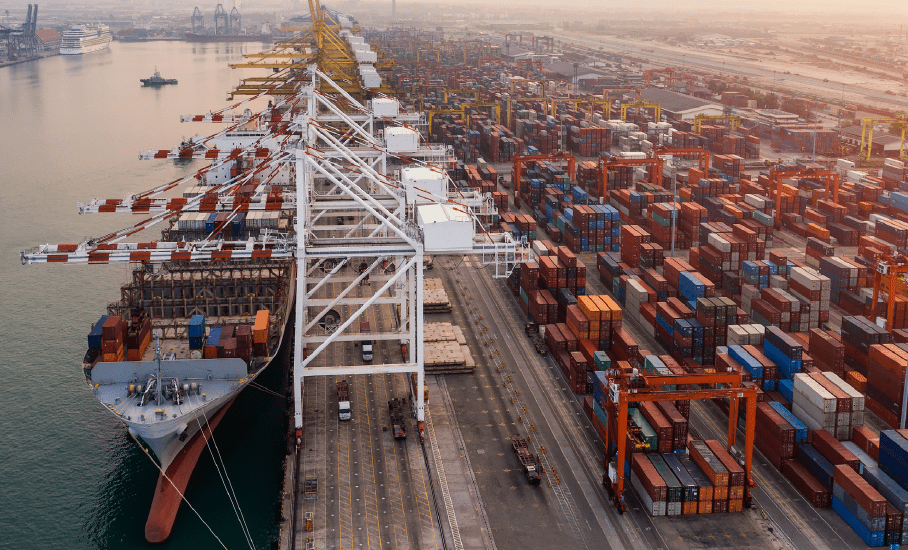South Korea‘s exports (goods and services) accounted for 41.5% of that nation’s Gross Domestic Product (GDP) in 2023.
In that year, these overseas sales were 997 trillion won, a year-on-year decline of 5.3%, at chained 2020 prices, according to data from The Bank of Korea.
Here’s how South Korea’s exports trended over the past five years, in trillions of won:
- 2019: 756
- 2020: 713
- 2021: 874
- 2022: 1053
- 2023: 997
South Korea’s exports
According to preliminary data, South Korean GDP grew 1.4% in 2023, measured at 2020 prices.
South Korean exports of products recorded a year-on-year decline of 7% in 2023 to $632.2 billion.
Below are the top products South Korea exported in 2023, in millions of dollars:
- Electronic integrated circuits: 86,100.
- Automobiles: 68,300.
- Petroleum oils, except crude oil: 50,900.
- Certain auto parts: 19,400.
- Flat panel display modules, including with embedded touch screen: 17,000.
Manufacturing
The South Korean manufacturing sector increased output 0.9% in 2019, mainly due to higher demand for consumer electronics and electronic components, including semiconductors.
However, in 2020, production declined 0.4% due to the drop in demand for automobiles.
In 2021, the sector grew again, this time 8.2%, driven by growing demand for consumer electronics, electronic components and machinery.
Then, in 2022, output rose 0.6%, thanks to higher demand for electrical equipment and automobiles.
However, according to preliminary data, in 2023, output declined 0.1%, due to a drop in demand for electrical equipment and electronic components.
Surplus
According to preliminary data, South Korea posted a current account surplus of US$16.8 billion in the first quarter of 2024.
The result contrasts with a deficit of US$6.0 billion in the same period of 2023.
This change was mainly due to the transition from a deficit to a surplus on the goods account and a reduction in the deficit on the services account.
However, these effects were partly offset by a decrease in the surplus on the income account.

